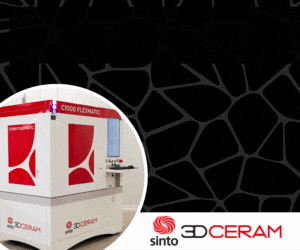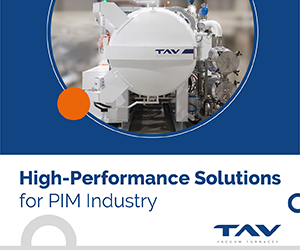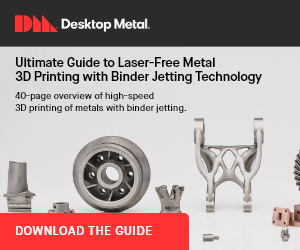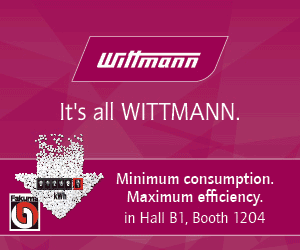Boom in US gun sales benefits Metal Injection Moulding
January 11, 2013
Firearm sales in the USA are reported to be at record levels in 2012 after 24 straight monthly increases, according to the National Shooting Sports Foundation (NSSF). Sales estimates are based on background-check statistics carried out by the FBI on prospective gun purchasers, stated the NSSF in an article published online on manufacturing.net. The article gives the example of Ruger having received orders for more than one million firearms in the first quarter of 2012, and the company reported that its production and shipments had increased by more than 50% compared with the first quarter of 2011.
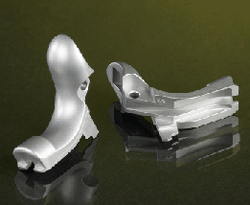
Megamet Solid Metals, Inc. won a MPIF
Award of Distinction for an upswept grip
safety used in the 1911-style 45-caliber
pistol made by Colt’s Manufacturing
Company, LLC
Suppliers to firearm producers are said to be struggling to keep up with demand, and at the same time need to expand their engineering and design capabilities to accommodate the boom in the market. MIM producers are benefiting not only from the boom, but also in their ability to help firearm producers “hit tight tolerances and resolve complex issues,” states the report. Tracy MacNeal, Director of Business Development at MIM producer Parmatech (a division of A.T. Wall) commented that identifying prototyping needs, turning around a prototype quickly, developing the best materials for the application, and providing advice on appropriate designs and tolerances, are services that are essential to supporting today’s firearms industry.
MIM has already been adopted by most of the key firearm manufacturers, and new projects are likely to include MIM parts due to their competitive cost and the consistency of the MIM process. John Lewinski, Director of Supplier Management at Smith & Wesson based in Springfield, Mass., stated that, “MIM has allowed us to take cost out of the product while maintaining quality and therefore pass the savings on to the consumer.” Kevin Collins, a Senior Design Engineer at Savage Arms in Westfield, Mass., cited MIM as “the modern replacement to investment casting, especially for small parts.” He said that MIM firearm parts are dimensionally consistent, fairly inexpensive and the surface finish is smoother than machined or investment cast (IC) components. To save on costs, especially for entry level guns, designers are looking to design guns with a less than smooth mirror finish on mating parts, or where parts are not close fitting, but which are utilitarian and result in a perfectly functional firearm.
However, Collins stated that the main drawback of current MIM technology is the material designation and selection. Most engineers are not familiar with the materials used for MIM parts. Collins explains, “Most MIM parts are not made from common AISI materials such as 4340 and 8620 alloy steels, and this is certainly a drawback for anyone wanting to make parts for existing military rifles such as the M14 and M16.” Also, he notes that IC still has a distinct advantage over MIM in that the cast parts can be bigger or heavier than the MIM parts. Next to stocks and barrels, receivers are the largest and most complex components for firearms. “Making a receiver with the MIM process would be a good test to validate the strength and durability of MIM components and materials.”
Chris Schimmer, Quality Control Manager at STI International in Texas, believes that MIM has had a significant impact on the firearms industry. Despite some early failures of parts MIM has improved to the point that it is a perfectly acceptable method of manufacture for most firearm producers including STI.
www.manufacturing.net
www.nssf.org
News | PDF Store | Magazine Subscriptions | What is PIM? | e-newsletter








